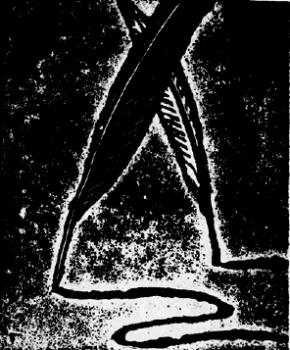 Zionism shows how an ideology can change over time with bad results (‘Behind Labour’s “anti-semitism crisis’, PN 2594–2595). In the 19th century, it was supported by socialists, communists and anarchists who went from the diaspora to Palestine. Their relationships with Palestinians were not perfect.
Zionism shows how an ideology can change over time with bad results (‘Behind Labour’s “anti-semitism crisis’, PN 2594–2595). In the 19th century, it was supported by socialists, communists and anarchists who went from the diaspora to Palestine. Their relationships with Palestinians were not perfect.
As the Stern-Weiner/Finkelstein article mentions, 1917 saw Lord Balfour’s ‘declaration’ which started to give traction to the state of Israel. It was part of the colonialist Middle East carve-up post-First World War. Opposition to Balfour came from upper-class Jews, afraid of losing their English status. That opposition also came because of the ‘lefties’ who were making Zionism a reality. Class division in the Jewish community existed long before 1917. Typical of different immigrant people, the worst exploiters of newly-arrived Jewish refugees were some of their long-established co-religionists.
In the 1930s, while some Jews fought for the Spanish republic, others who had achieved middle-class respectability shunned such ‘communists’.The threat of Hitler seemed more manageable than ‘the red menace’.
Showing reversal of Zionism’s original ideologies, we now see a very right-wing system in practice. Using the bible as ‘proof’ of Israel’s god-given rights shows links to fundamentalism. Such views claim that secular Jews like me are not ‘proper Jews’.
Comparisons can be made between the treatment of Palestinians in Israel and Afro-Americans in the USA. In spite of laws to the contrary, discrimination occurs in both countries against those people. In both cases, it is worse in some areas than others. Also, the more affluent and successful are better protected from oppressive inequality.
Topics: Israel-Palestine

